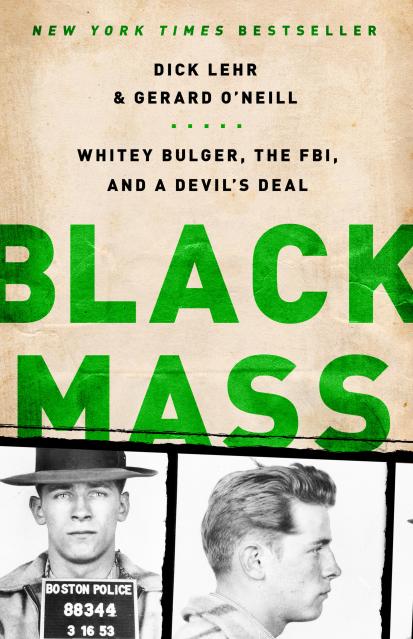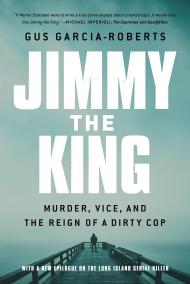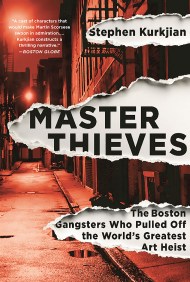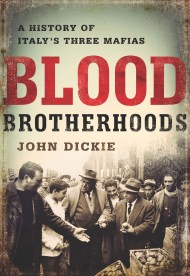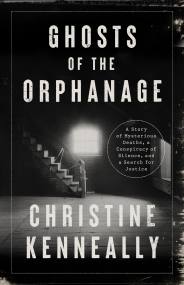Promotion
Use code BEST25 for 25% off storewide. Make sure to order by 11:59am, 12/12 for holiday delivery!
By clicking “Accept,” you agree to the use of cookies and similar technologies on your device as set forth in our Cookie Policy and our Privacy Policy. Please note that certain cookies are essential for this website to function properly and do not require user consent to be deployed.
Black Mass
Whitey Bulger, the FBI, and a Devil's Deal
Contributors
By Dick Lehr
By Gerard O’Neill
Formats and Prices
- On Sale
- May 22, 2012
- Page Count
- 448 pages
- Publisher
- PublicAffairs
- ISBN-13
- 9781610391092
Price
$21.99Price
$28.99 CADFormat
Format:
- Trade Paperback $21.99 $28.99 CAD
- ebook $10.99 $13.99 CAD
- Audiobook Download (Unabridged) $31.99
This item is a preorder. Your payment method will be charged immediately, and the product is expected to ship on or around May 22, 2012. This date is subject to change due to shipping delays beyond our control.
Buy from Other Retailers:
James “Whitey” Bulger became one of the most ruthless gangsters in US history, and all because of an unholy deal he made with a childhood friend. John Connolly a rising star in the Boston FBI office, offered Bulger protection in return for helping the Feds eliminate Boston’s Italian mafia. But no one offered Boston protection from Whitey Bulger, who, in a blizzard of gangland killings, took over the city’s drug trade. Whitey’s deal with Connolly’s FBI spiraled out of control to become the biggest informant scandal in FBI history.
Black Mass is a New York Times and Boston Globe bestseller, written by two former reporters who were on the case from the beginning. It is an epic story of violence, double-cross, and corruption at the center of which are the black hearts of two old friends whose lives unfolded in the darkness of permanent midnight.
Genre:
-
"Black Mass should prompt a reevaluation of the uses and misuses of informers by law enforcement officials throughout the country."New York Times Book Review
-
"[Shows] how fragile FBI integrity can be when the good guys lose sight of [the] truth, the rules, and the law."Washington Post Book World
-
"A jaw-dropping, true-life tale of how two thugs corrupted the FBI."Baltimore Sun
-
"Bone-chilling...one of the best nonfiction reads of the year...a powerhouse of a book. Dick Lehr and Gerard O'Neill...write like veteran novelists, weaving scene after jaw-dropping scene into a tapestry of sickening American corruption."New York Post
Newsletter Signup
By clicking ‘Sign Up,’ I acknowledge that I have read and agree to Hachette Book Group’s Privacy Policy and Terms of Use
